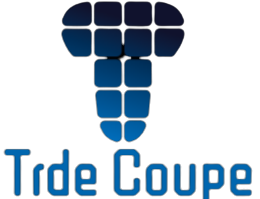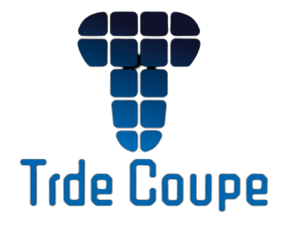Without a doubt, CNC machining is one of the most preferred ways for companies to make functional prototypes in manufacturing. The prototypes are essential because they have suitable characteristics, including mechanical stability and strength, that additive manufacturing cannot offer. Despite the numerous advantages, prototyping in CNC machining also has its disadvantages. This article will take you through the rougher side of prototyping machines, starting with the high cost of the process. Let’s dive in, shall we?
1. Prototyping in CNC Machining Is Costly
Any prototyping service is quite expensive compared to 3D printing and other manufacturing processes. If a prototype requires a tremendous amount of resources and a high amount of power to run the machines, prototyping will be expensive to obtain.
2. There Could Be Some Geometric Restrictions
Most prototypes will require significant geometric progressions. Most manufacturing methods require complex precision due to the difference in complexity in shape and sizes. CNC machines have a 4- axis and 5- axis degree of geometric progression. It will only be fair to say that these machines have their limitations, meaning designs with higher precision require a higher and more modified prototype to build.
3. Excessive Project Development
Developers sometimes tend to focus on a particular project for an excessive amount of time. This tendency can lead to a build-up of contingencies, causing roadblocks. Prototypes are intended to be designed in a short period. If developers substantially take a long time to develop projects, it may lead to a rise in the cost of production. The cost rises because more energy, materials, and power are overused.
4. Customer Confusion about the Product’s Functionality
For consumers of the product being manufactured, it is vital to impress your audience visually and how this is achieved through prototypes. However, consumers tend to mistake the prototype released and may misunderstand its functionality. Some could mistake a prototype to be the exact layout as the final product even in the prototype performance. Consumers may develop an attachment to the prototype and forget that it is not the finished project.
5. A Lot of Materials Go to Waste
It is known that CNC is a subtractive process in which you end up with less material than initially at the onset of production, meaning that you will spend an extra cost in getting the materials necessary. A good amount of material goes to waste during production, putting the expenditure on materials at a loss since not all products are being utilized.
6. Developer and User Misunderstanding
There is the famous opinion that the consumer or customer is always right. Still, the consumer and project developer must remain on the same page to avoid conflict between team developers and the consumer and the project team. In cases where a prototype is released to the consumers, the consumers may have opinions to entail all specifics of the prototype entailed in the final project. This can lead to an internal conflict among team developers.
Bottom Line
Prototyping with CNC machining has many advantages when creating prototype parts for manufacturing. However, the high costs, wastage of materials, excessive focus on the project, and misunderstanding between manufacturers and developers threaten to dim the bright light that prototyping in CNC machining is.
















